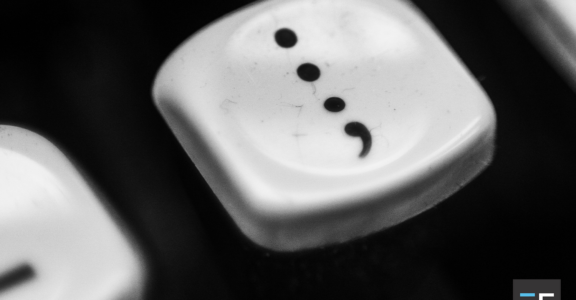I.e. vs. E.g.
Everyone knows that i.e. and e.g. are abbreviations (we think it’s the periods that give it away, but maybe that’s just us). However, what are they abbreviations of?

Both terms are actually Latin:
- i.e. stands for “id est” and means “in other words”
- e.g. stands for “exempli gratia” and means “for example”
A great way to remember their meanings is in the first letter—I.e. means IN other words and E.g. means EXAMPLE.
Now, let’s look at when to use which.
Use i.e. when:
· You are restating an idea you’ve already stated, just in a different way or with different words.
The difference between lay and lie is so confusing—i.e., I always get lay mixed up with lie when I’m writing.
Use e.g. when:
· You are solidifying a point you’ve made by offering an example of it.
The difference between lay and lie is so confusing—e.g., do I lay my head on a pillow, or do I lie my head on a pillow?
See the difference? One final note: i.e. and e.g. are always set off with commas. Now, go impress someone with the Latin you didn’t know you knew!
If you can identify with the confusion between lay and lie, check out our quick tip about it!







